Prolonged breastfeeding protects from obesity by hypothalamic action of hepatic FGF21
- PMID: 35879461
- PMCID: PMC9314260
- DOI: 10.1038/s42255-022-00602-z
Prolonged breastfeeding protects from obesity by hypothalamic action of hepatic FGF21
Abstract
Early-life determinants are thought to be a major factor in the rapid increase of obesity. However, while maternal nutrition has been extensively studied, the effects of breastfeeding by the infant on the reprogramming of energy balance in childhood and throughout adulthood remain largely unknown. Here we show that delayed weaning in rat pups protects them against diet-induced obesity in adulthood, through enhanced brown adipose tissue thermogenesis and energy expenditure. In-depth metabolic phenotyping in this rat model as well as in transgenic mice reveals that the effects of prolonged suckling are mediated by increased hepatic fibroblast growth factor 21 (FGF21) production and tanycyte-controlled access to the hypothalamus in adulthood. Specifically, FGF21 activates GABA-containing neurons expressing dopamine receptor 2 in the lateral hypothalamic area and zona incerta. Prolonged breastfeeding thus constitutes a protective mechanism against obesity by affecting long-lasting physiological changes in liver-to-hypothalamus communication and hypothalamic metabolic regulation.
© 2022. The Author(s).
Conflict of interest statement
The authors declare no competing interests.
Figures








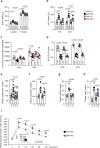
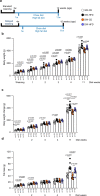


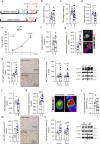



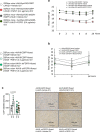
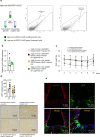
Comment in
-
Prolonged lactation benefits offspring metabolism.Nat Metab. 2022 Jul;4(7):798-799. doi: 10.1038/s42255-022-00604-x. Nat Metab. 2022. PMID: 35879460 No abstract available.
-
Lactation duration affects obesity risk in rat offspring.Nat Rev Endocrinol. 2022 Oct;18(10):588. doi: 10.1038/s41574-022-00732-0. Nat Rev Endocrinol. 2022. PMID: 35922572 No abstract available.

